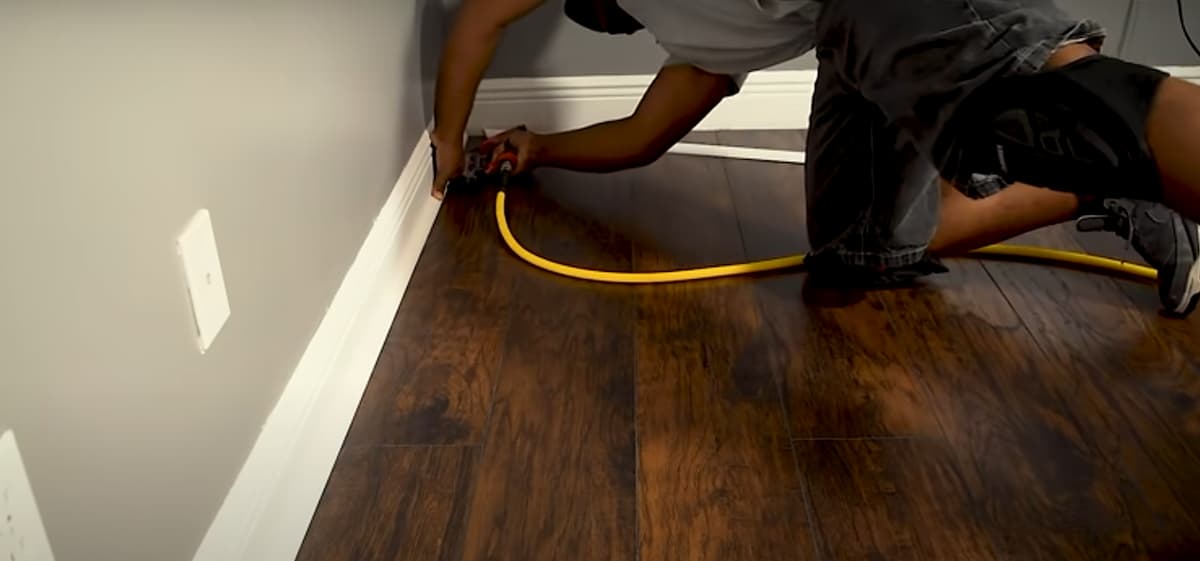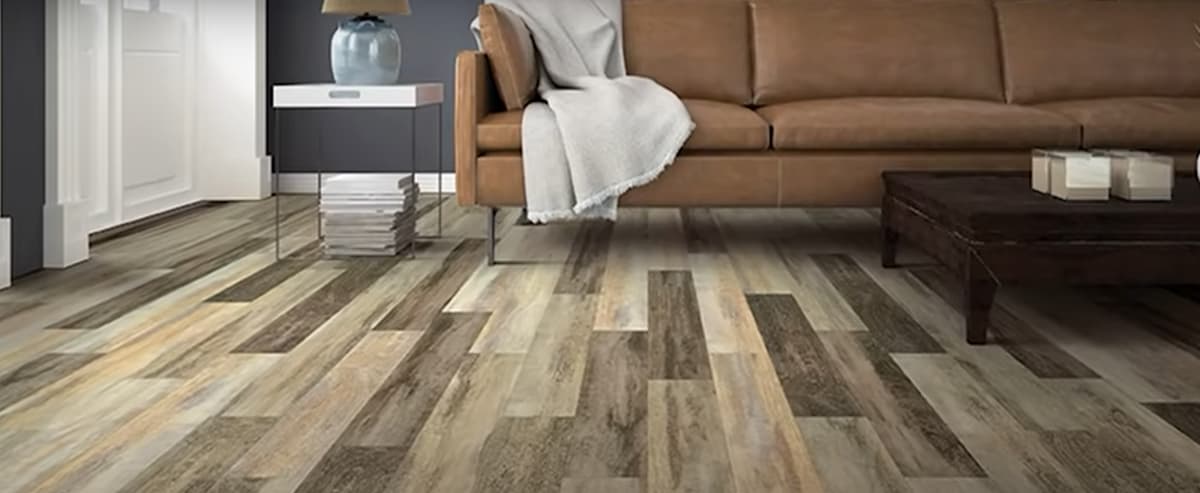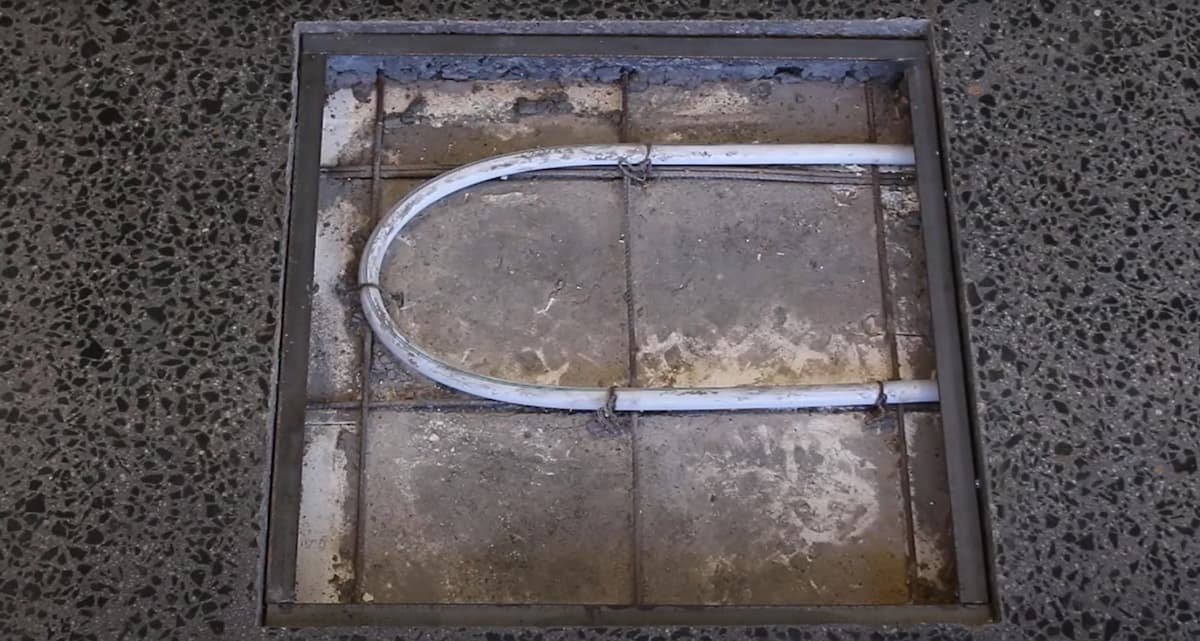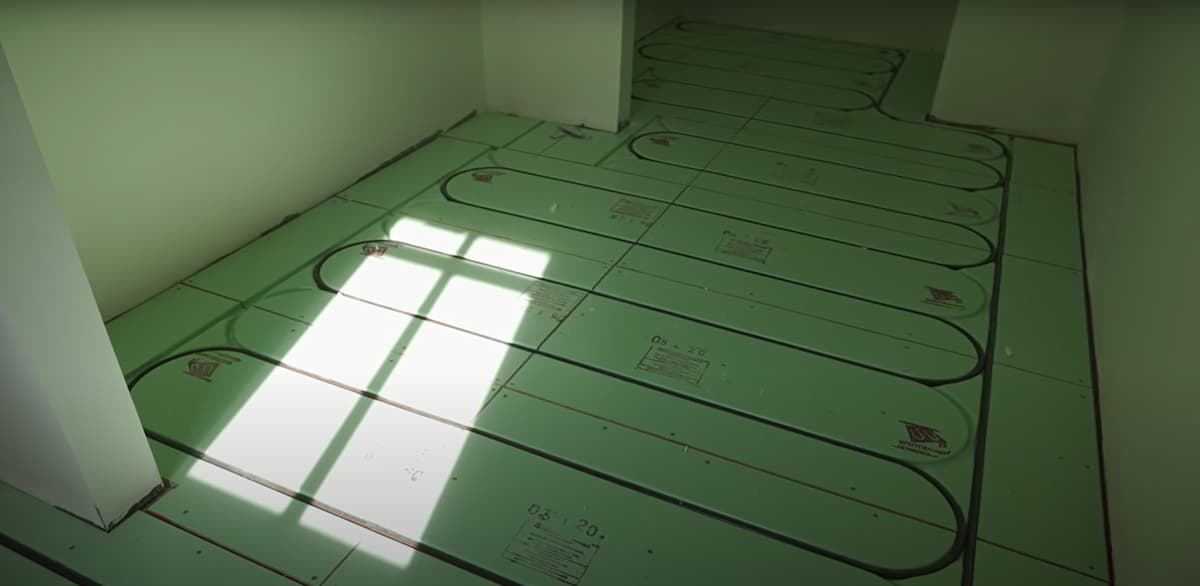
A hydronic heating system may be a worthwhile investment for your house. Because hydronic heating systems operate on water, they are more energy-efficient than other types of heaters.
Because the running costs of hydronic heating in Australia can be up to 40% lower than those of ducted or underfloor heating, it’s becoming increasingly popular. Is it as grandiose as a heat pump when you’re about to pay for it? A hydronic heating system may provide warmth that feels heavenly, especially on those bitterly cold days, but does it feel nice while you’re paying for it?
In this post, we’ll look at the costs of installing and operating a hydronic system so you can make an educated decision on whether hydronic heating is right for you and your property.
What is an Underfloor Hydronic Heating System?
Hydronic heating, often known as radiant heat, is a straightforward energy-efficient home heating method. Hydronic heating differs from ducted heating in that hot liquid is circulated beneath the floor of your home via specialized tubing. Glycol or water are usually used to create a water solution based on glycol. The key difference between this and the prior version is that it uses LPG as a power source instead of gasoline.
The technology was originally designed for large commercial structures and schools in Australia, but over time, the technique has become extremely popular among families, with reduced maintenance requirements. Pipes and liquid return are used in a hydronic heating system. A house is heated in a closed-loop system using water or specialized liquid. In many cases, the entire structure, often including the concrete slabs or floor joist framework beneath your yard, is installed within your property’s slab walls or floor joist system, allowing heat to radiate uniformly throughout the targeted region.
To distribute heat in an equal manner, baseboard units, radiators, and other equipment can be added to the system’s yield to enhance it. If you’re looking at the cost of hydronic heating, keep in mind that while the system has a higher initial investment than other basic forms of heating, the advantages and running cost savings make it an important part of your house. We’ll go through the factors and considerations that influence the price of installing hydronic heating, as well as how to get the most out of your money, in this post.
Hydronic Heating Price
It could be difficult to determine exactly how much does it cost to install hydronic heating. The cost of a hydronic heating system ranges from $2500 to $3000, but it does not include installation costs. It takes around 12 hours to install a wall-mounted system and the cost may be between $695 and $875, bringing the total to between $3470 and $4200 for a new house. This is for a new home, retrofitting hydronic heating systems may cost more because of additional labour needed.
Retrofitting a hydronic heating system may set you back between $1300 and $1600 per radiator, including installation. Because each room has only one radiator, the expense ranges from about $5200 to $6400 if you install radiators in four rooms. The pipes are generally put beneath the house, with little visible damage to the walls. If you have a slab, retrofitting wall panels may be more difficult because some repairs may be required to the walls.
In most cases, the cost of installing a hydronic system is around $65m2. In a house measuring 160 m2, the expense would be approximately $10,400, which includes both the technology and installation expenses but does not include the boiler. Hydronic heating in screed is more expensive. The pipes are first installed, and then concrete is poured over them. Hydronic heating in screed costs approximately $103m2, and the boiler is not included in the price.
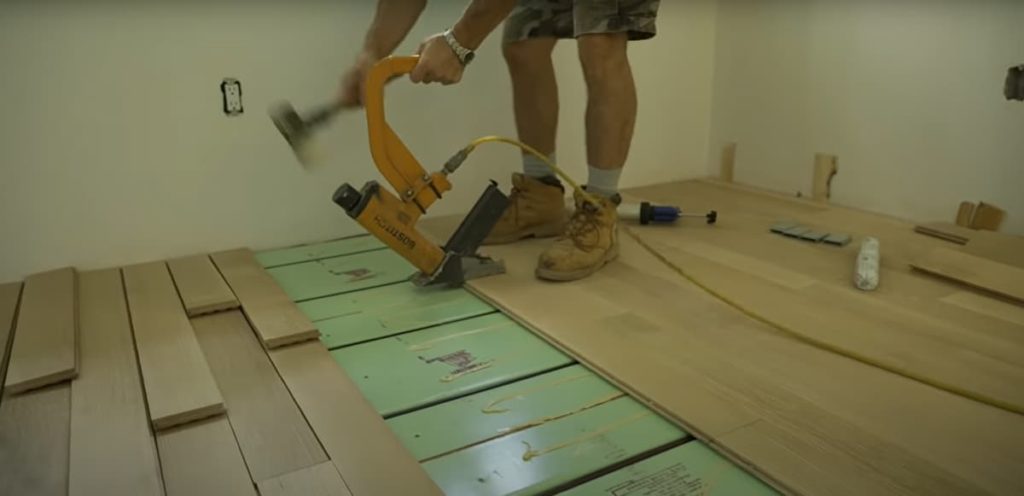
Air Conditioning vs Hydronic Heating Systems
A reverse cycle air conditioning system costs anywhere from $5,000 to $8,000. Air conditioner installers charge between $60 and $110 per hour, with more than one required to put in a reverse cycle air conditioning system. Even wall-mounted split systems may cost between $600 and $750 to install, while ducted reverse-cycle air conditioning systems take significantly longer to implement.
Hydronic systems have several disadvantages, one of which is their higher cost compared with other heating technologies. When you take into account the long guarantee period, they may be cheaper to operate in the long run than another system with a 10-year warranty. If a pipe bursts, water damage can occur in a hydronic heating system, however, this happens rarely.
Why Choose Hydronic Heating Systems?
A hydronic heating system is ideal for a new house installation because the installation expenses may be lower. Underfloor heating may be beneficial since the heat may flow through the floor and radiate up. Having radiators in each room makes a space seem warm, but it won’t give you the same level of heat as other types of heaters.
Because they are more energy-efficient, hydronic heating systems have longer warranties. Because they are efficient heaters and the pipes used seldom burst and cause damage to a property, they come with lengthy warranties.
Hydronic heating systems have several benefits over ducted heating. They’re particularly handy if any of the family members have allergies because they’re enclosed systems that don’t emit hot air into a room through a filter. Hydronic heating systems are also quiet, so you won’t hear them operating. They are unquestionably well worth investigating and may be ideal for many houses in temperate climates without excessive heat requirements.
Hydronic Heating Price
Hydronic heating systems are less expensive to operate than other types of heaters. According to certain calculations, hydronic heating systems are 35 per cent more cost-effective than ducted systems. However, according to their findings, hydronic systems are not more efficient than other types of heaters. The fees for a medium-sized home of 160m2 could be as follows:
- Gas-ducted (3 Star) or gas-integrated (6 Star) systems start at $1375 for 3,000 BTU and $1045 for 6,000 BTUs.
- The cost of a 5 Star system might cost as little as $835, while a 2 Star system would cost approximately $1295.
- The cost of hydronic heating ranges from $1045 to $1255.
The figures indicate that a gas ducted or reverse cycle system with a higher Star rating can save considerable money, even if it does not have a Star rating.
These are typical charges that don’t take into account how much time a heater is utilized. A hydronic system can be left on all day and the running costs could be lower than gas ducted or reverse-cycle air conditioning. Reverse cycle air conditioning is more expensive to cool than to heat. Hydronic systems are less costly than either gas ducted or reverse cycle systems, but the advantage could be calculated over a period of years and the amount of time the system is utilized.
Hydronic Heating Installation Price
A typical hydronic heating system with radiators may cost between $1000 and $1200 per radiator. This includes the installation of the boiler as well. The installation cost of a typical floor system is about $45 to $65 per square meter, not including the cost of the boiler system. The installation price of a screed in an underfloor heating system is approximately $70 to $95 per square metre.
Hydronic heating system cost Indications are that the price of a hydronic heating system may depend on the kind of boiler and infrastructure you require.


